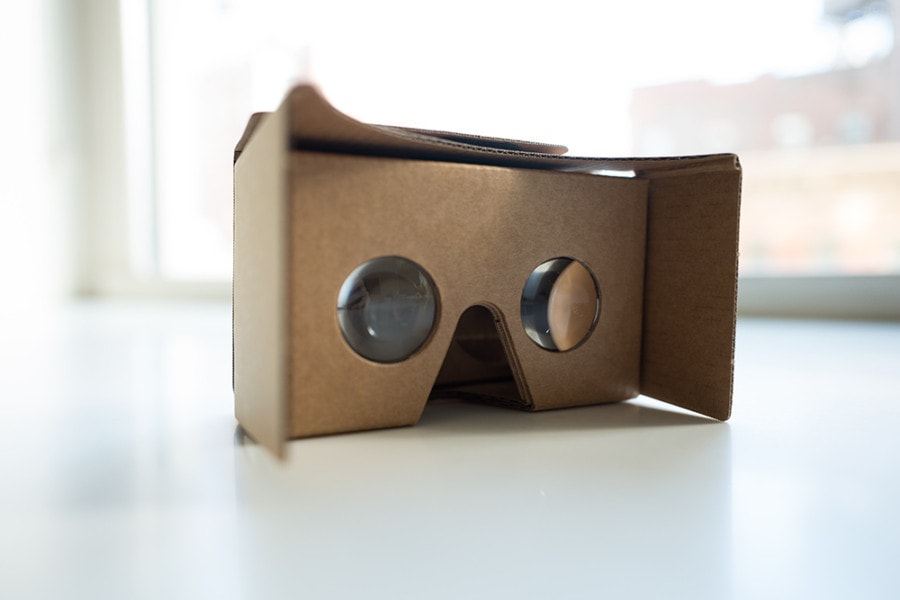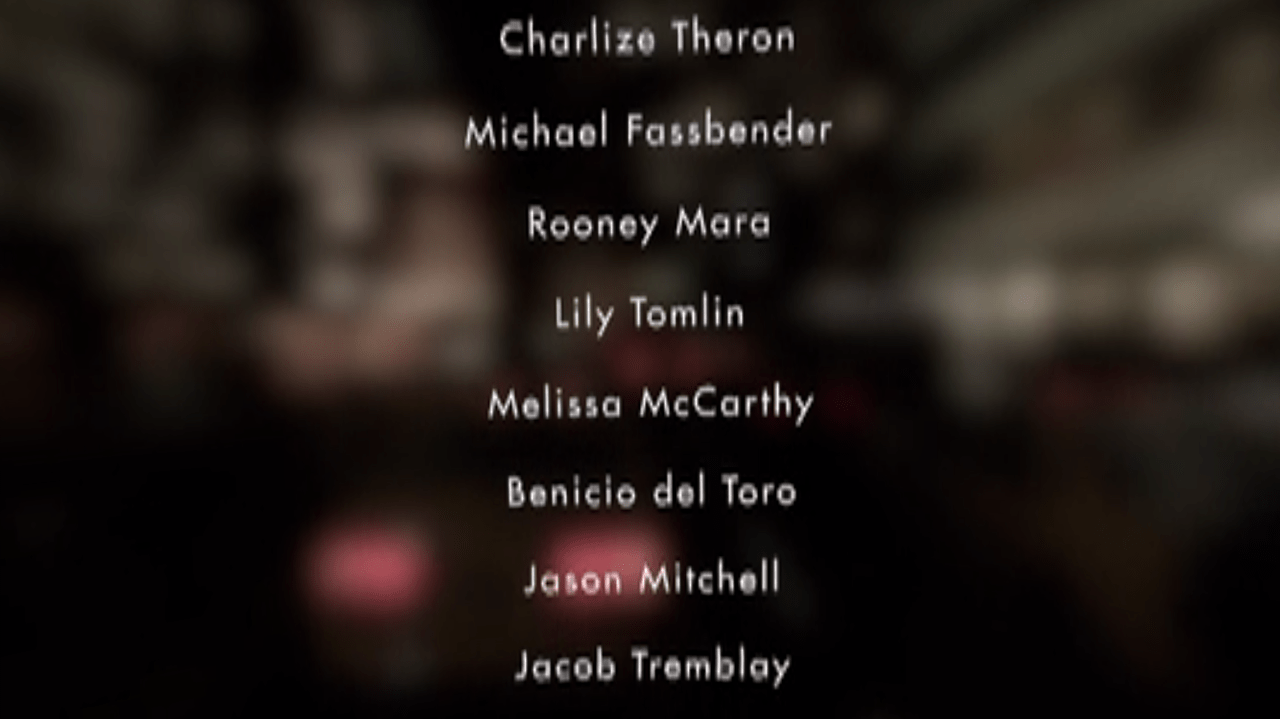Share
I’m Gonna Pass on That VR Thing
“Future’s made of virtual insanity now Always seem to be govern’d by this love we have For useless, twisting, our new technology Oh, now ther...

“Future’s made of virtual insanity now
Always seem to be govern’d by this love we have
For useless, twisting, our new technology
Oh, now there is no sound – for we all live underground”
I spent the better part of last week binge watching House of Cards. Like any good story, I appreciated the point of view that the writers and director brought to the table to create an engaging narrative. The resulting show was compelling and immersive, but not interactive.
Much has been made about virtual reality (VR) and it’s future in immersive storytelling. Late last year, The New York Times unveiled its VR effort by sending every print subscriber a Google Cardboard virtual reality viewer. Nokia has their OZO camera, Nikon has their KeyMission 360, and even Industrial Light and Magic has a VR effort with their ILMxLAB spin-off.
I have been an early adopter of technology for most of my life. As a Star Wars/Star Trek kid, I’ve held the dogma that technology will be society’s savior. But I’m having second thoughts. And when it comes to VR, I have a few specific issues with its promise of immersive entertainment:
Motion sickness
For many people, this is a non-issue. But when I was eight and went on a carnival ride, I realized that my inner ear would not cooperate with anything other than terra firma. Looking into a pair of VR goggles gives me an almost immediate headache. Perhaps this will be rectified with high refresh rates and diopters (I wear glasses), but for the time being, the experience has been awful.
Point of View
In the still photo world, we already have a point of view problem online. Responsive web design has led to the display of images to fit the screen rather than to tell a story. Photos get cropped and information gets lost along with the photographer’s point of view.
In a VR world, you can spin around and move your head up and down. With the NYT app and no goggles, I can change the orientation of my phone and dramatically alter what I’m looking at. Which reminds me, what am I supposed to be looking at? Everything? It’s linear, but disorganized. This isn’t storytelling, this is a trip to the zoo.
The experience is slightly reminiscent of the “Choose Your Own Adventure” book from the 80s. This children’s series allowed the reader to decide key actions of the protagonist, turning the book into more of a game. This was a novel experience for a child, but in the end, it’s a gimmick, and a terrible form of storytelling.
Immersive or Interactive (or both)?
There is a whole subculture of gaming popularized by the site Twitch where the audience watches someone play a video game online. The notion sounds completely insane, but it’s really no different that watching Anthony Bourdain eat live octopus in Asia. Watching a movie, tv show or video game is a passive form of entertainment – one that let’s you relax and unwind while living vicariously through the exploits of others. Even reading a book could be considered a passive form of entertainment, but immersive nevertheless.
In its current form, VR nudges the viewer to interact. Spin around the scene like in this Bjork music video.
But does the ability to see 360 degrees enhance or detract? Does the novelty and gimmickry take away from the conveyance and consumption of a cohesive narrative?
I’m not a grumpy Luddite arguing for the good old days. The point of view of the storyteller matters. It always has, and it always will. You can certainly hybridize storytelling with interactivity (narrative-based video games are proof of that), but the appeal is finite.
These are early days for VR, and immersive entertainment will clearly evolve and attract a certain segment of viewer. But for the time being, I’m placing my Google Cardboard right next to my 3D glasses and firing up my Netflix instead.






